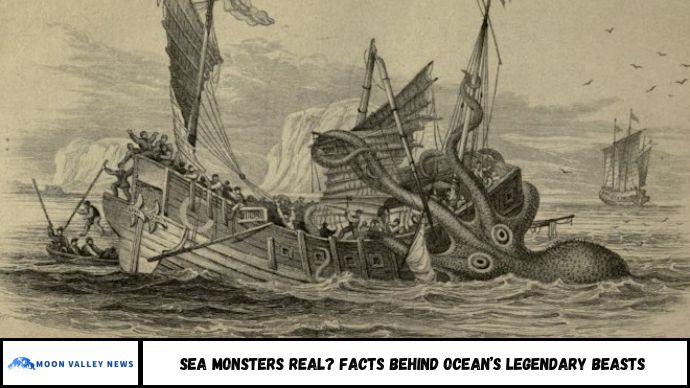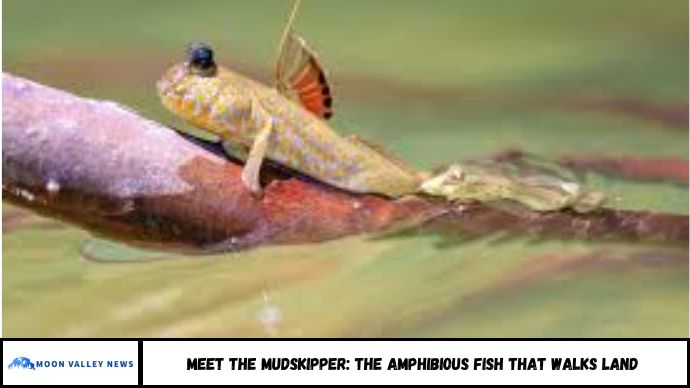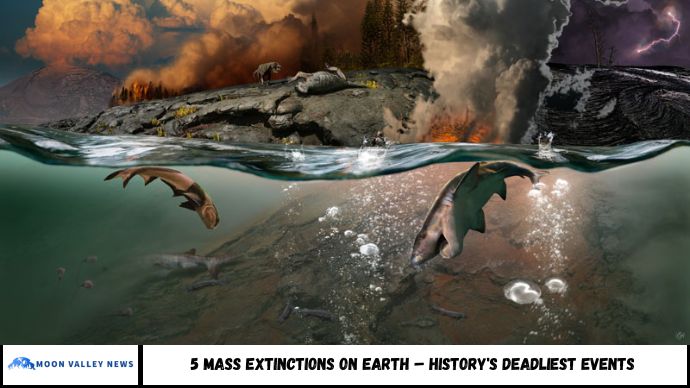Are sea monsters real? This question has captured imaginations for centuries. From Norse tales of the Kraken to the Loch Ness Monster, sea legends persist—but do they hold any truth? In this article, we explore the origins of famous sea monsters, the science behind sightings, and the mysterious creatures that may have inspired them.
“Would you learn the secret of the sea? Only those who brave its dangers comprehend its mystery.”
So wrote poet Henry Wadsworth Longfellow in 1850—capturing the allure and peril of the ocean that has fascinated humanity for centuries.
In ancient times, it was the sailors—navigating vast, uncharted waters—who first encountered the ocean’s strange and often terrifying mysteries. But without the tools of modern science, many of their sightings were left to imagination. When maps bore warnings of “here be dragons,” tales of colossal sea monsters naturally followed.
Back on land, storytellers and early naturalists fueled the intrigue. Fossilized bones, decaying remains, and shadowy shapes glimpsed from shore were often presented as proof that enormous creatures lurked beneath the waves. Over time, sea monster legends flourished across cultures—from Norse sagas to Polynesian myths—blurring the line between reality and folklore
Do Sea Monsters Really Exist?
For centuries, sailors and coastal communities have shared stories of terrifying sea creatures lurking beneath the waves. These legends span cultures, continents, and generations. But are they based on real animals—or just myths to explain the unknown?
What this article covers:
- The most famous sea monsters in legend and lore
- Scientific explanations behind these sightings
- Real marine animals that likely inspired the myths
- How modern discoveries still fuel belief in sea monsters
Why Sea Monster Myths Persist
1. Human Fear of the Unknown
The ocean covers more than 70% of Earth’s surface, yet over 80% of it remains unexplored. This lack of visibility and knowledge gives room for imagination to run wild. Historically, strange waves, animal carcasses, or distant sightings sparked tales of monsters.
2. Early Explorers and Exaggerated Accounts
Ancient mariners often encountered sea life they couldn’t explain—like giant squids or whales. These creatures, when briefly glimpsed, easily became the foundation of terrifying myths.
Famous Sea Monsters—and the Truth Behind Them
1. The Kraken
Origin: Norse mythology
Legend: A massive octopus or squid that could sink entire ships
Possible Explanation:
- Giant squid (Architeuthis dux), which can grow up to 43 feet long, fits many Kraken descriptions.
- Documented sightings have confirmed their existence in deep oceans.
2. Loch Ness Monster (Nessie)
Origin: Scotland
Legend: A long-necked creature inhabiting Loch Ness
Possible Explanation:
- Misidentified animals (like sturgeon or seals)
- Floating logs, waves, or even hoaxes
- No conclusive evidence despite sonar sweeps and DNA tests of the loch
3. Leviathan
Origin: The Bible and later folklore
Legend: A sea serpent of enormous size, chaos incarnate
Possible Explanation:
- Symbolic in many religious texts
- Possibly inspired by sightings of sperm whales or even prehistoric fossils
4. Sea Serpents
Origin: Global maritime folklore
Legend: Snake-like creatures seen writhing through the sea
Possible Explanation:
- Oarfish, a real species that can exceed 30 feet, matches many sea serpent descriptions
- These fish are rarely seen but occasionally wash up after storms
5. The Lusca
Origin: Caribbean folklore
Legend: Half-octopus, half-shark monster dwelling in underwater caves
Possible Explanation:
- Giant octopuses or misidentified marine creatures
- Underwater cave systems that create strange sounds and currents
6. Megalodon
Origin: Paleontological evidence and modern speculation
Legend: A prehistoric shark over 60 feet long, still alive today
Possible Explanation:
- Megalodon was real but went extinct around 3.6 million years ago
- No verified evidence suggests it survives in modern oceans
Real Creatures That Inspired Sea Monster Legends
Some myths may be rooted in sightings of rare, misunderstood, or now-extinct creatures:
- Giant squid: Only photographed alive in 2004; matches many Kraken tales
- Oarfish: First filmed in 2010; likely origin of sea serpent sightings
- Whales breaching: Seen from afar, their movements can look monstrous
- New marine species: Over 2,000 new ocean species are discovered each year, according to NOAA
These discoveries support the idea that some sea monster stories were based on real but rare creatures seen under mysterious circumstances.
FAQs
1. Are sea monsters real?
No confirmed sea monsters exist, but many legends stem from sightings of real animals like giant squid or oarfish.
2. Could there be undiscovered creatures in the ocean?
Yes. The ocean is still largely unexplored. New species are discovered every year.
3. What inspired the Kraken myth?
Most likely giant squid sightings, which are rare but real deep-sea creatures.
4. Has the Loch Ness Monster been proven fake?
There’s no scientific proof it exists. Many sightings have been debunked or remain inconclusive.
5. Is Megalodon still alive?
No credible evidence supports that Megalodon still exists today.
6. Why are sea monsters part of so many cultures?
They reflect a common fear of the unknown and the dangers of the sea—especially in times when little was known about ocean life.
Conclusion
Sea monster legends are a blend of myth, fear, and misunderstood biology. While there’s no hard proof that creatures like the Kraken or Nessie are real, many stories stem from genuine encounters with the unfamiliar.
As technology explores more of the ocean’s depths, we may not find mythical monsters—but we’ll almost certainly continue to uncover new, astonishing species. Until then, sea monsters will remain a powerful symbol of our curiosity—and caution—toward the deep.







